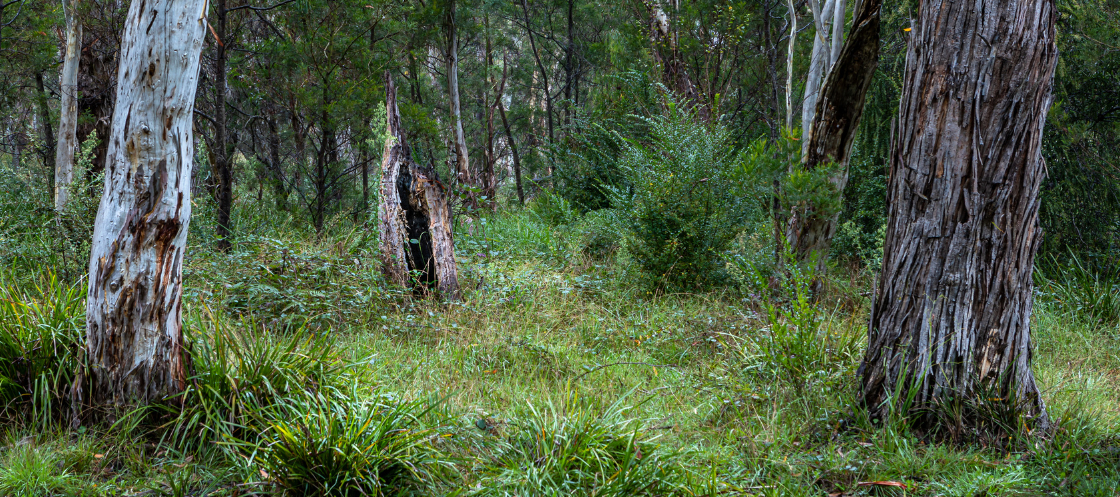Report: Investment in carbon farming holds untapped potential for biodiversity
'Carbon for Nature' aims to catalyse discussions on how carbon farming can be better leveraged to support widespread biodiversity and landscape restoration.

The Carbon Market Institute (CMI) and NRM Regions Australia have released the Carbon for Nature report, which explores how investments in carbon farming can deliver additional benefits for nature, including biodiversity restoration and improved landscape health.
CMI CEO John Connor stated, “Current estimates based on ACCUs generated through activities in the agriculture and land sector quantify the investment at around $1.7 billion. If we direct at least a portion of these ACCU investments into explicit carbon for nature project outcomes, we could begin to bridge the biodiversity financing gap.”
The report draws on interviews with 20 stakeholders, including ecologists, carbon project developers, Indigenous participants in the carbon market, conservationists, and government representatives. It found that while many carbon projects already deliver nature benefits, higher costs and the lack of regulatory or commercial drivers often limit the adoption of projects that prioritise biodiversity.
The report noted that government policies have historically favoured projects focused on lower-cost emissions reductions over those delivering broader ecological outcomes. This has created challenges in scaling up high-biodiversity-value projects, which typically require greater investment.
The report calls for a “step-change” in enabling conditions and investment incentives to optimise carbon farming outcomes for biodiversity. Among the suggestions are mechanisms to improve transparency, price discovery, and verification of biodiversity co-benefits, which could help direct investments to high-integrity projects.
NRM Regions Australia CEO Dr Kate Andrews emphasised the shared responsibility in advancing these initiatives. “The report sets out a number of considerations, not only for the Government, but all stakeholders,” she said. The report comes at a time when initiatives such as the Nature Repair Market are emerging, presenting an opportunity to align carbon farming and biodiversity goals more effectively.
Mr Connor expressed concern about the stalling of environmental law reform in Australia, urging renewed efforts: “The much-needed reform of Australia’s environment laws has stalled and should be rebooted. In the meantime, I hope the report findings can start the conversation on what needs to be done for carbon farming to deliver even better outcomes for nature, and contribute to solving the biodiversity, as well as the climate, crisis.”















